Spongy moth caterpillars descend on Orange County
Orange County. They’re in your garden. They’re on your lawn furniture. They’ve taken over school playgrounds. They’re eating your trees.
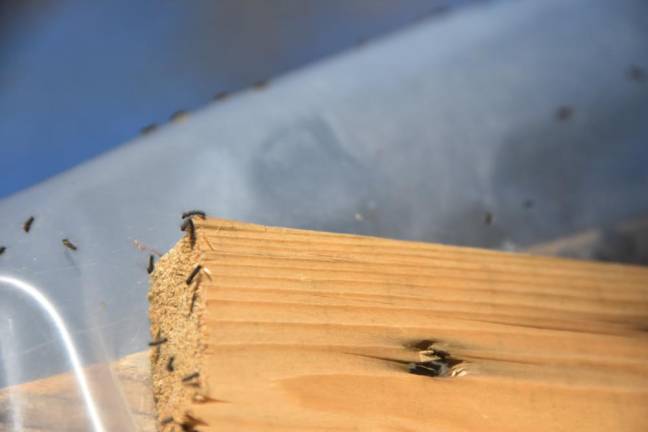

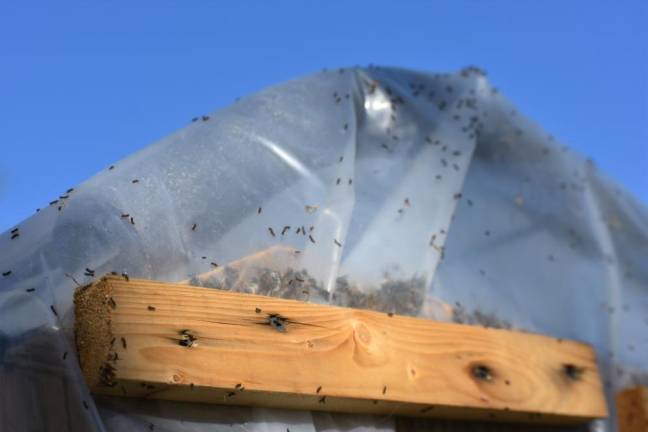
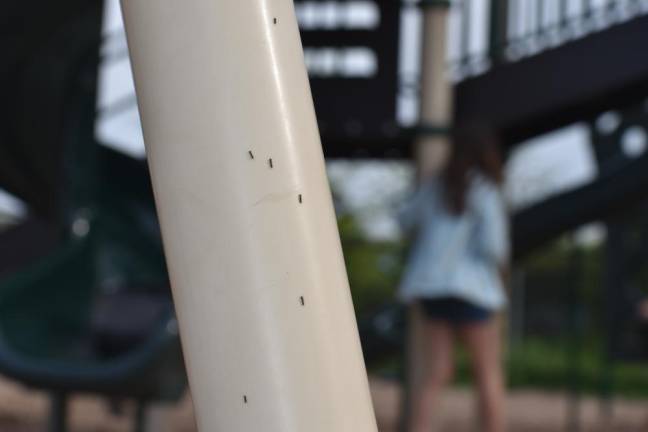
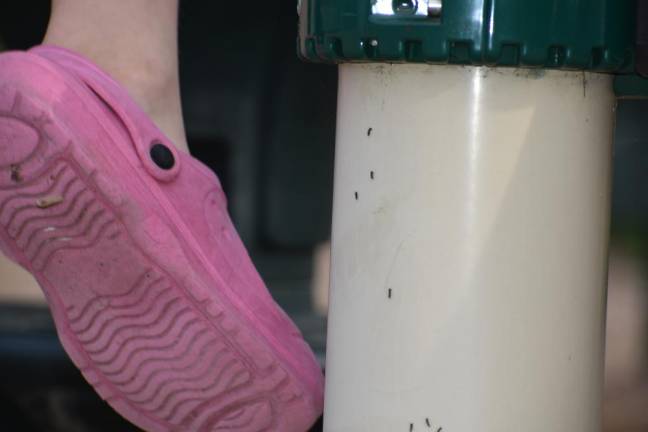
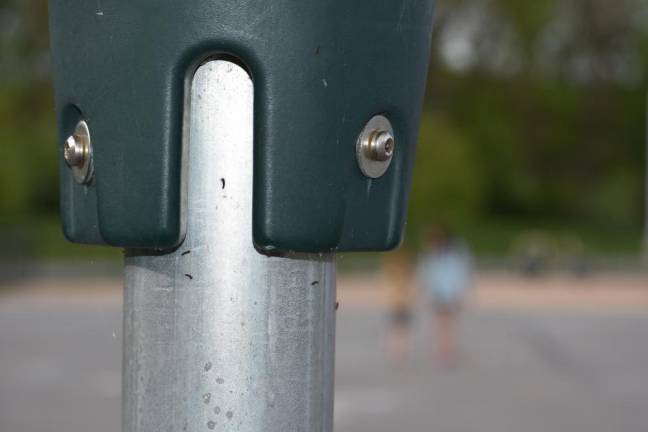
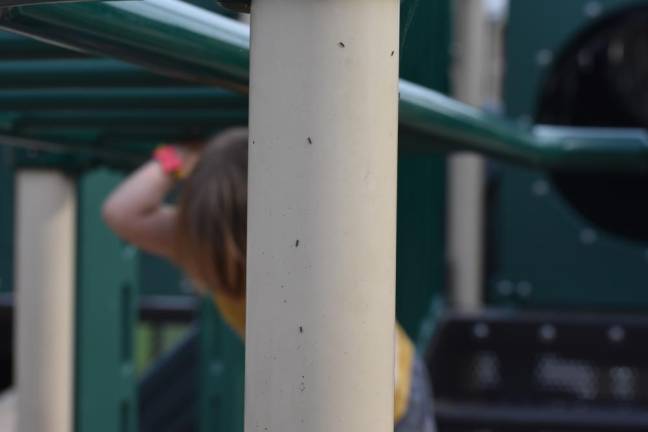
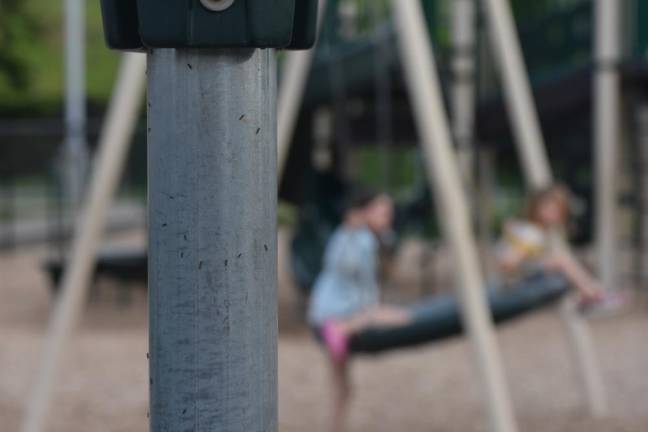
Last week, spongy moth caterpillars cast their web over Orange County, seemingly cropping up out of nowhere. The tiny black caterpillars, spotted throughout the region and leaving behind welts on those who have allergic reactions to their bristles, are spongy moths in their larvae stage.
Last week, multiple area school districts made changes to their recess schedules in response to the abundance of caterpillars; Pine Bush and Valley Central moved recess inside, Cornwall had recess on the blacktop instead of the playground, and some classes at Delaware Valley School District in Milford, Pa. opted to stay indoors.
The insects tend to have population spikes every 10-15 years in New York, according to the New York Department of Envirnmental Conservation (DEC). The larvae stage lasts about seven weeks, during the months of May and June. They become pupae at the end of June, and emerge as adult moths in July.
Tree feasts
The caterpillars are defoliating insects that feed on trees. Oak is their favorite, but when their population spikes, they aren’t picky eaters; they’ll feed on maple, apple, crabapple, hickory, basswood, aspen, willow, birch, pine, spruce and hemlock trees. This causes trees to lose their foliage. A healthy tree can recover within a few weeks, but defoliation does leave trees weakened and more susceptible to disease, draught, or other insects – which can kill the tree or cause long-term damage.
Conifers that lose more than 50% of their needles after being eaten by the caterpillars are unlikely to recover. Owners should check for new needle growth in the months after the caterpillars are gone. Hardwoods can withstand up to three years of defoliation as long as no other stressors – like disease, insects, and draught – are present. If a hardwood loses all of its leaves and doesn’t grow new ones in the summer, wait until spring to see if it develops leaves. If it does not, then the tree died.
To protect your trees, the DEC recommends applying a burlap barrier band traps to their trunks. Detailed instructions on how to do this can be found on the University of Wisconsin website: bit.ly/burlaptrap.
Going in for the kill
According to the DEC, individuals can help decrease future spongy moth populations by squishing caterpillars and moths, and destroying egg masses. Egg masses, which are usually found on trees and branches, are brown and covered in a layer of fine hairs. To destroy them, scrape the egg mass into a bucket of warm, soapy water and let it sit overnight before discarding the next day.
In terms of insecticides, the DEC says Bt subspecies kurstaki (Btk) is most effective on young spongy moth caterpillars. Btk is a biopesticide made from naturally occurring bacteria, viruses, fungi, or protozoans. When the caterpillar ingests Btk, it becomes paralyzed and starves to death. As caterpillars age, they become more resistant to the pesticide.
Btk is harmless to people, animals, and plants, but does affect other young moth and butterfly larvae. Individuals should carefully consider the impact insecticide will have on other species before applying, and time application properly to limit exposure to non-spongy moth larvae.